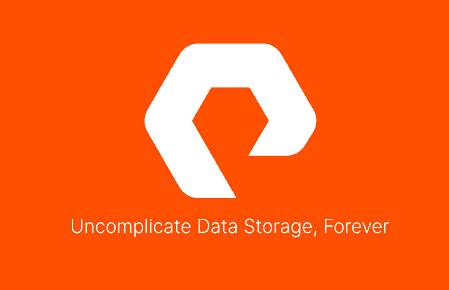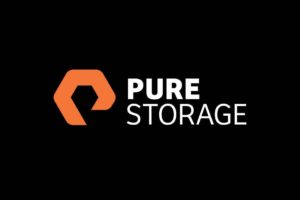Pure Storage launched a new version of Purity, the software that runs the all-flash storage systems FlashBlade. Version 3.0 adds a new data management functionality with a replication tool that simplifies the task of moving records.
Object data sets such as sensor readings and images can now be replicated to Amazon’s S3 object storage service. This makes them accessible to a company’s cloud applications. When managing file data, administrators can use the function as a backup tool. Purity makes it possible to replicate files from a FlashBlade implementation to an external backup environment in a read-only format.
Snapshot rollbacks
Purity’s file management capabilities are extended with the new feature called snapshot rollbacks. If files are accidentally deleted by an employee or lost for some other reason, administrators can select one of the historical snapshots of the file system in their FlashBlade implementation and roll back to that version.
Purity 3.0 introduces more features that are designed to ensure the integrity of company files. The software now provides audit logs for monitoring and supports the SNMP network protocol. As a result, FlashBlade should work better with infrastructure monitoring tools that use SNMP to collect data. Pure Storage has also added support for NFS v4.1 Kerberos. Businesses can now use the Kauthentication tool to monitor users accessing data in file systems based on NFS v4.1.
FlashBlade
FlashBlade is a series of compact flash systems designed to store unstructured information formatted as objects or files. The product line focuses mainly on performance-intensive use cases such as machine learning and analytics.
A single chassis the size of a standard four-rack-unit server accommodates up to 15 FlashBlade modules. According to Pure Storage, a 150-module cluster can perform 24 input/output operations per second using the Purity software.



















